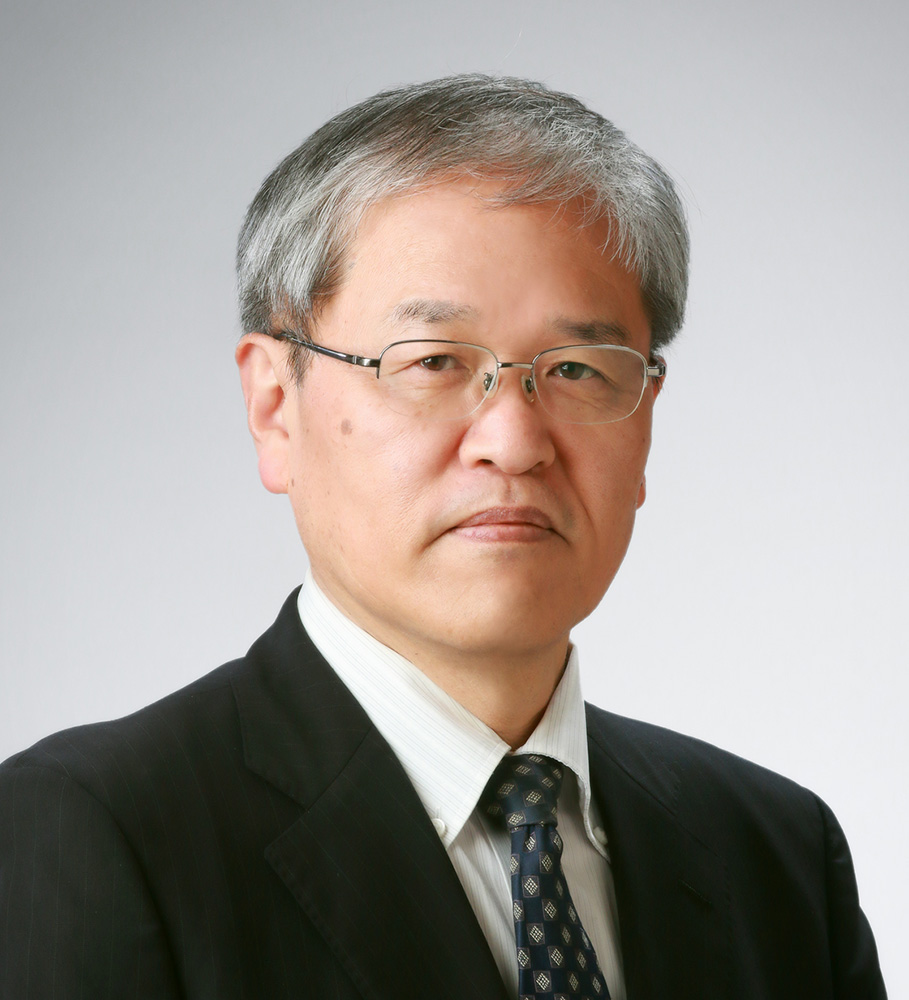Honorary Member

Dr. Masahiro Morikura received his B.E., M.E. and Ph.D. degrees in electrical engineering, from Kyoto University in 1979, 1981, and 1991, respectively. In 1981, he joined the YOKOSUKA Electrical Communication Laboratory, at Nippon Telegraph and Telephone Public Corporation (currently NIPPON TELEGRAPH AND TELEPHONE CORPORATION). From 2007, he became a professor at the Graduate School of Informatics at Kyoto University, and he has been an emeritus professor at Kyoto University since 2021and is still making efforts in the development of the field of electronic information and communication.
He was engaged in research and education in the field of wireless communication for many years and has made many achievements. At NTT Laboratories, he was involved in research and development of satellite communication systems and wireless LAN systems. In satellite communication systems, he promoted the development of general-purpose LSICs which are compact and practical applications of the synchronization control unit of the TDMA earth station for satellite communications. In the first half of the 1980s, satellite communications were already active in international communications. However, he focused on applications of satellite communications for remote island countermeasures and disaster countermeasures for domestic communications. On the other hand, optical communication services had started in the terrestrial system, and early nationwide expansion was required. Therefore, using the developed general-purpose LSICs, satellite communication systems called "DYANET I / II" were established, which applied satellite circuits to the relay and access systems of NTT's ISDN networks. This made it possible to provide ISDN services throughout Japan, including remote islands and mountainous areas.
In addition, he was engaged in research and development of the OFDM method in wireless LAN systems and significantly contributed to the formulation of standardization in Japan and overseas. Since the latter half of the 1990s, the development of ADSL and FTTH has been remarkable, and even though the establishment of broadband to the entrances of offices and homes has been achieved, realization of broadband networks in homes had been a major issue due to wiring problems in homes. To solve this problem, he realized a "packet mode OFDM method" that applies the OFDM method to the packet transmission mode essential for wireless LANs, and succeeded in putting exceptional wireless transmission into practical use, significantly contributing to the international standardization of that method. He put the OFDM wireless LAN system into practical use. In international standardization, he realized the IEEE 802.11a standard and the world's first wireless LAN system interconnection demonstration experiment based on the IEEE 802.11a standard. He realized everything up to the commercialization of Japan's first hotspot service using wireless LAN systems. In addition to these, even in domestic standardization, he has contributed significantly to the formulation of technical rules for using radio frequencies in the 5 GHz band as a working group member or chief examiner of the Telecommunications Technology Council of the Ministry of Posts and Telecommunications, and the Information and Communications Council of the Ministry of Internal Affairs and Communications. Wireless methods of mobile communications such as LTE/LTE-A, 5G NR, and even candidates used in subsequent wireless LANs and future 6G wireless systems are based on the OFDM method. This packet mode OFDM method significantly influences the practical application in the field of mobile communication.
He also contributed to the further development of wireless communication at Kyoto University. In particular, he contributed to research guidance and human resource development centered on wireless LAN technologies and administrative measures at each government agency and energetically promoted wireless policies and administration.
For these achievements, he was awarded the IEEE 802.11 WG Certificate of Appreciation and the title of Fellow by the IEICE. He has also received numerous awards, including the Medal with Purple Ribbon, the Maejima Hisoka Award, the Minister of Education, Culture, Sports, Science and Technology Award, the Minister of Internal Affairs and Communications Award, the IEICE's Achievement Award, and the IEICE's Distinguished Achievement and Contributions Award. In addition, at the IEICE, he contributed to the development of this field by serving as Secretary of the Publications Committee, Director of Accounting and Finance, and President of the Communications Society.
As mentioned above, Dr. Morikura’s contributions to the development of the field of information and communication, to the resolution of social issues, and to the production of human resources, which he has promoted in companies and universities, are extremely remarkable. We recommend Dr. Morikura as an Honorary Member of the IEICE.